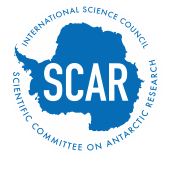
COMPOSITE GAZETTEER OF ANTARCTICA
ENEA - P.N.R.A.

Scientific Committee on Antarctic Research (SCAR)
Collated by Programma Nazionale di Ricerche in Antartide (Italy)
in the framework of the SCAR Standing Committee on Antarctic Geographic Information (SCAGI)